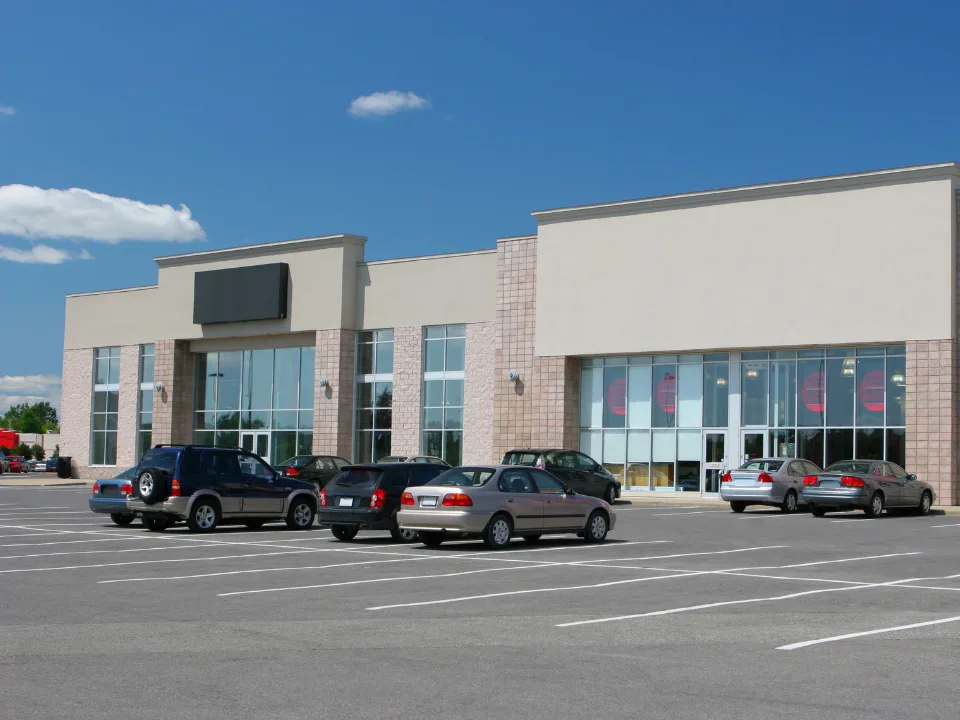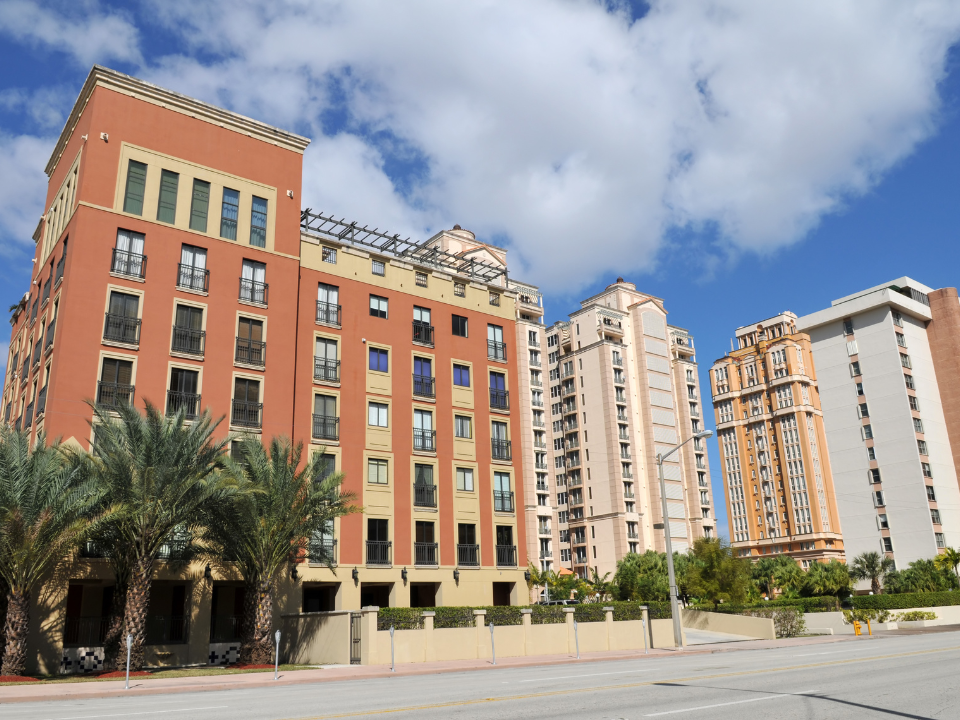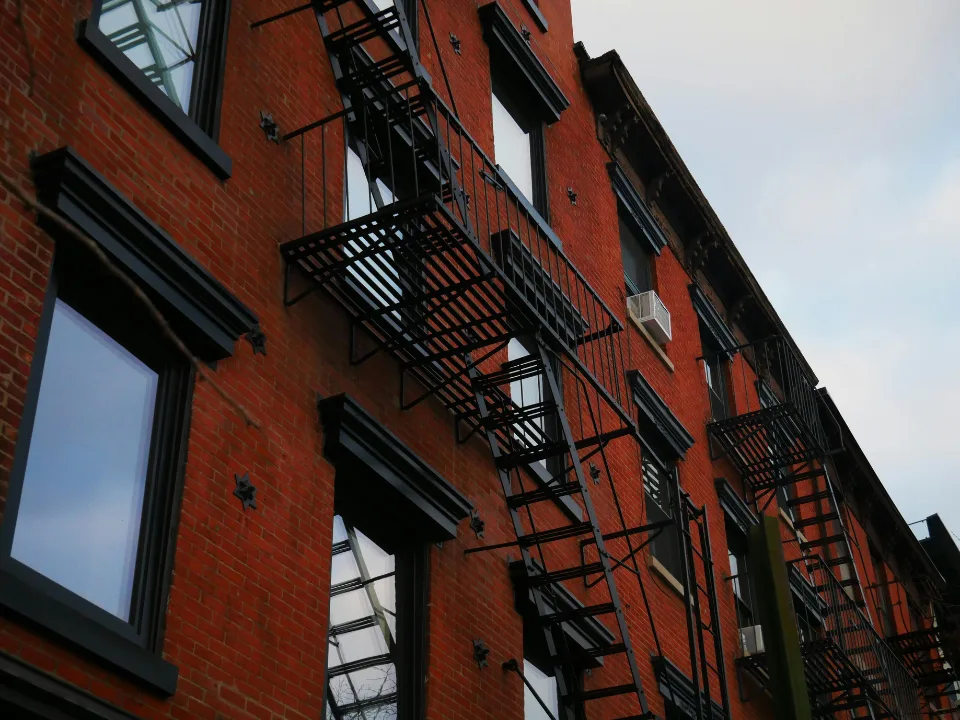- After a dip in 2023, Florida’s apartment demand is rising once again, approaching record levels of new unit supply.
- Florida’s apartment market is one of the nation’s fastest-growing, with roughly 77.6K units completed in the past year, surpassing the 5-year average.
- Smaller Florida cities, including Lakeland and Cape Coral, have seen apartment inventory expand significantly, highlighting strong demand outside major urban hubs.
According to RealPage, post-pandemic Florida migration is back in play. While demand for Florida apartments surged in 2021, it hit a lull in 2023 before bouncing back in 2024 as more people continue moving to both large cities and secondary markets in the Sunshine State.
High Supply, High Demand
According to RealPage Market Analytics, the Sunshine State has added 77.6K new apartment units over the past year, setting a new record for annual completions. Florida’s average annual apartment deliveries previously hovered around 48.7K units.
The uptick in new units reflects developers’ confidence in long-term demand, which has proven resilient amid a steady influx of new residents.
Record Growth
While Miami and Tampa are among the state’s leaders in apartment construction, smaller markets like Lakeland and Cape Coral have also seen an unprecedented increase in inventory.
Since 2020, Lakeland’s inventory has grown by 39%, placing it second nationwide behind Huntsville, AL. Several other Florida cities, including Sarasota, Jacksonville, Palm Bay, and Pensacola, have reported similar growth, with each seeing inventory expand by around 20% since 2020.
Across Florida, demand trends closely match supply expansion, too. Lakeland, Cape Coral, and Jacksonville all rank among the top 20 U.S. markets for gains in occupied units.
Get Smarter about what matters in CRE
Stay ahead of trends in commercial real estate with CRE Daily – the free newsletter delivering everything you need to start your day in just 5-minutes
Why It Matters
Unlike college-focused markets like Gainesville and Tallahassee, where demand has been more limited due to smaller supply expansions, Florida’s larger urban areas and growing secondary markets are showing that demand can keep pace with new construction volumes.

















